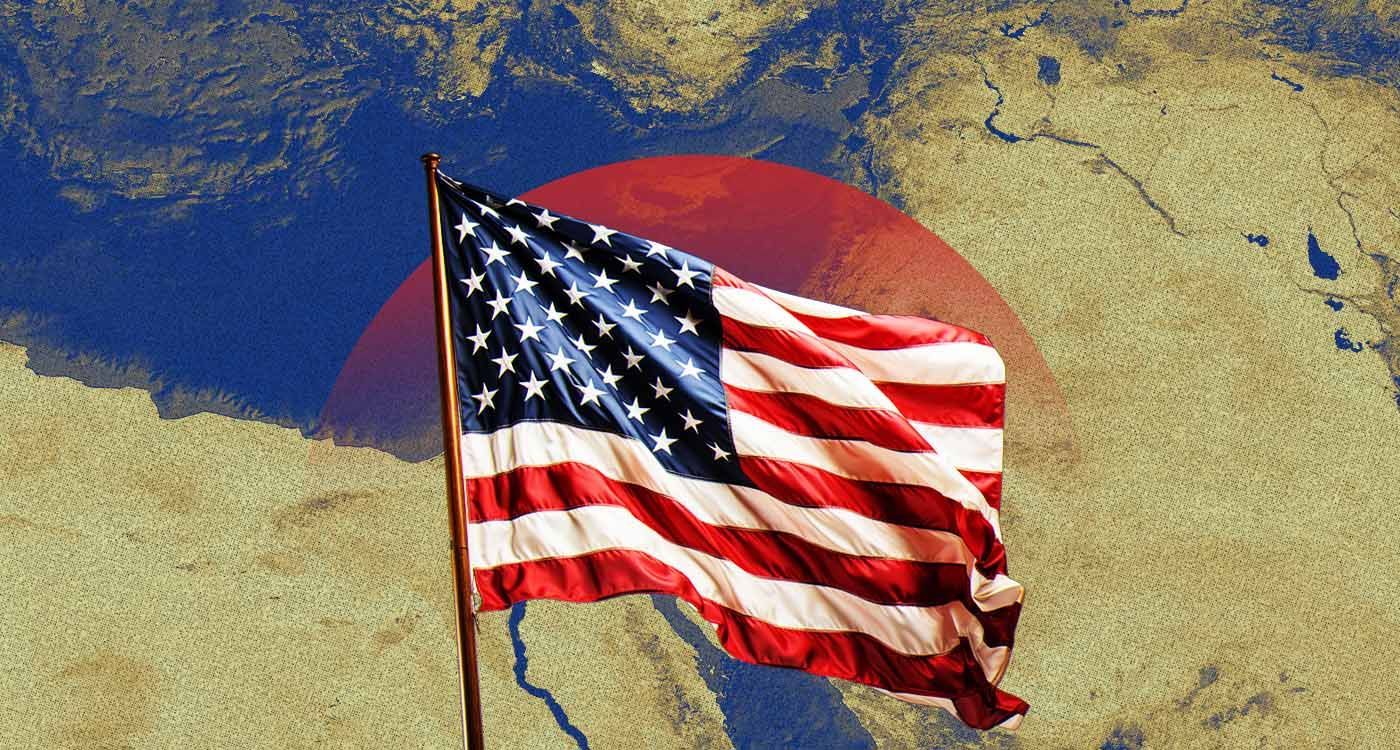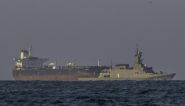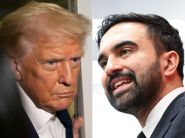- Home
- Middle East
- Trump’s Comeback and Fate of the Middle East

©Ici Beyrouth
Donald Trump's return to the White House, bolstered by a sweeping Republican victory in both the Senate and the House of Representatives, has sparked significant concern among some Western circles. These observers are uneasy about what they see as the newly elected president's overly “conservative” positions, particularly in terms of social and economic policies. Yet, it is important to point out that these critics often fail to acknowledge, or choose to overlook, a key factor in global geopolitics that will shape the next Trump administration: the volatile situation in the Middle East, especially considering the destructive impact of the Iranian regime’s strategy in the region.
Western opinion often appears largely oblivious to the significant challenges currently unfolding in this region—challenges that are bound to impact the West sooner rather than later. This perspective seems to disregard that, for decades, the Middle East has been mired in chronic instability, deliberately fueled by Iran's Revolutionary Guards. Ever since Ayatollah Khomeini came to power in 1979, they have been committed to the goal of “exporting the Islamic revolution.”
The leaders of this radical faction within the Khomeinist regime, proving to be shrewd strategists, have gradually expanded their influence across the Middle East, much akin to a board game of strategic maneuvering such as Risk or Diplomacy. Over the years, they have installed the Houthis in Yemen along the Red Sea to disrupt international maritime routes, Hezbollah in Lebanon along the Mediterranean and near Israel's border, and pro-Iranian Shiite militias in Iraq and Syria to secure supply lines to Lebanon. Moreover, they later extended their reach to Hamas in Gaza, right on the doorstep of Israeli settlements.
By deploying a vast network of proxies throughout the Middle East, Tehran has managed to challenge both the United States and Israel without engaging directly on the front lines, with the ultimate goal of establishing itself as the dominant regional power. This expansionist approach, executed through its proxies, has plunged the region into a destructive cycle of instability, undermining the prospects for local development and endangering Western economic interests.
Even more alarming, this campaign led by the mullahs of Tehran has been accompanied by a belligerent, anti-Western discourse that emerged in the late 1980s, following the founding of Hezbollah. This rhetoric advocates for the creation of a war-driven society and the establishment of a transnational Islamist regime across the region, fundamentally opposed to the traditions, values and lifestyles of most Middle Eastern populations.
In light of this volatile context, it becomes easier to understand why the victory of the Republican candidate in the US presidential election was met with hope and enthusiasm in various parts of the region, especially in Lebanon. During his first term, from 2016 to 2020, Donald Trump took a firm stand against the Iranian regime, imposing stringent economic sanctions that continue to impact the Islamic Republic to this day. This, alongside the elimination of Qassem Soleimani, who was the key strategist behind Iran's expansionist policies, further reinforced his image as a key opponent of Tehran’s ambitions.
Meanwhile, in May 2018, then-Secretary of State Mike Pompeo presented Iran with a set of 12 clear and precise demands aimed at achieving a bilateral détente. These demands, which reflected the Trump administration's hardline approach towards the Islamic Republic, were predictably rejected by the mullahs who, at the time, believed themselves to be in a position of strength. The key points of the demands included: halting support for all Tehran-aligned militias, abandoning the nuclear program, stopping uranium enrichment, discontinuing ballistic missiles production and missiles capable of carrying nuclear warheads, respecting Iraq's sovereignty, withdrawing pro-Iranian forces from Syria, ending support for the Taliban in Afghanistan, and ceasing threats against Israel and missile attacks on Saudi Arabia and the UAE.
It is likely that the demands set forth by Mike Pompeo in 2018 may be revisited starting in January, as indicated by recent comments from President Trump and the profiles of key figures likely to occupy significant roles in the upcoming US administration. Senator Michael Waltz, a potential candidate to head either the State Department or the Pentagon, has called for the imposition of the toughest sanctions on Iran, emphasizing that this is a crucial step in addressing the issue of the proxies backed by the Revolutionary Guards. Similarly, Brian Hook, who would likely be tasked with forming the new team at the State Department, advocates for a tough approach with stronger sanctions and targeted operations within Iran.
Throughout his election campaign, the president-elect repeatedly emphasized his commitment to achieving lasting peace in the Middle East, with Lebanon specifically mentioned as part of this goal. Thus, after decades of illusions, deceit and futile wars, it is understandable that the Lebanese people and others in the region place their hopes in the Middle Eastern stance championed by Donald Trump and his key advisors. Their goal is to compel the Iranian regime, or at least its so-called “moderate” faction, to embrace a drastic shift in behavior and, most importantly, to agree to strict peace terms that it could not possibly reject. This would ultimately address the root cause of the problem, provided there is a genuine political will to enact it this time.
Read more





Comments